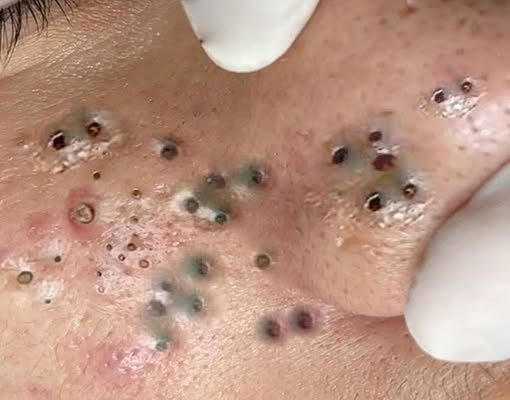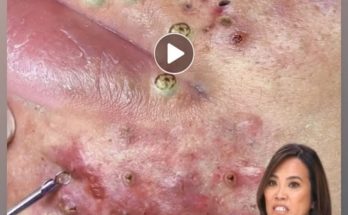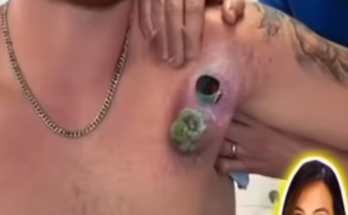Acne, a common skin condition that affects approximately 85% of people between the ages of 12 and 24, continues to pose both physical and emotional challenges for millions worldwide. Though often dismissed as a teenage nuisance, acne can persist into adulthood and severely impact mental health, self-esteem, and overall well-being.
The Root of the Problem
Acne occurs when hair follicles become clogged with oil and dead skin cells. These blockages create an ideal environment for bacteria to thrive, leading to inflammation, redness, and sometimes painful lesions. The primary contributing factors include:
-
Hormonal Changes: Particularly during puberty, menstruation, pregnancy, or due to conditions like polycystic ovary syndrome (PCOS).
-
Genetics: If your parents had acne, you’re more likely to develop it.
-
Diet: Emerging research suggests high-glycemic foods and dairy may exacerbate acne.
-
Stress: Increases hormone levels that can trigger breakouts.
-
Cosmetics and Skin Products: Certain products can block pores, leading to “cosmetic acne.

Types of Acne
Acne manifests in several forms:
-
Blackheads and Whiteheads (non-inflammatory)
-
Papules and Pustules (inflammatory)
-
Nodules and Cysts (severe, deep inflammation that can scar)
Understanding your type of acne is crucial for effective treatment.
Treatment Options: What Works and What Doesn’t
1. Over-the-Counter (OTC) Treatments
-
Benzoyl Peroxide: Kills acne-causing bacteria and reduces oil production.
-
Salicylic Acid: Helps unclog pores and reduce swelling.
-
Retinoids: Promote cell turnover and prevent blocked pores.
2. Prescription Medications
-
Topical Antibiotics: Reduce inflammation and bacterial growth.
-
Oral Antibiotics: Used for moderate to severe acne but not recommended long-term due to antibiotic resistance.
-
Hormonal Therapies: Birth control pills and anti-androgens can help women regulate hormonal acne.
-
Isotretinoin (Accutane): A powerful oral drug for severe cases. Highly effective but comes with serious side effects and monitoring requirements.
3. Lifestyle Changes
-
Skincare Routine: Gentle cleansing, non-comedogenic moisturizers, and consistent sun protection.
-
Dietary Adjustments: Reducing sugar, dairy, and processed foods may improve skin.
-
Stress Management: Mindfulness, sleep, and regular exercise can help regulate hormones.
4. Professional Procedures
-
Chemical Peels and Microdermabrasion: Remove dead skin layers and improve texture.
-
Laser and Light Therapies: Target bacteria and inflammation beneath the skin.
-
Extraction and Drainage: Performed by dermatologists to safely remove large cysts.
The Emotional Toll of Acne
Acne is not just a skin problem. Studies link it to increased rates of depression, anxiety, and social withdrawal—especially among teens. The stigma surrounding “bad skin” can lead to bullying, self-isolation, and in severe cases, suicidal thoughts.
“Clear skin should not be the basis for self-worth,” says Dr. Lisa Moreno, a dermatologist based in New York. “But the emotional impact of acne is real, and treating it goes beyond creams—it’s about confidence and quality of life.”
Hope Through Innovation
Research continues to unveil new approaches, from probiotic-based skincare to AI-driven diagnostic apps. Scientists are exploring how gut health, genetics, and skin microbiomes play roles in acne—potentially paving the way for more personalized treatments.
Bottom Line:
Acne is a complex condition influenced by multiple factors, and there is no one-size-fits-all cure. However, with a combination of science, patience, and professional guidance, clearer skin is possible—and so is restoring confidence.



